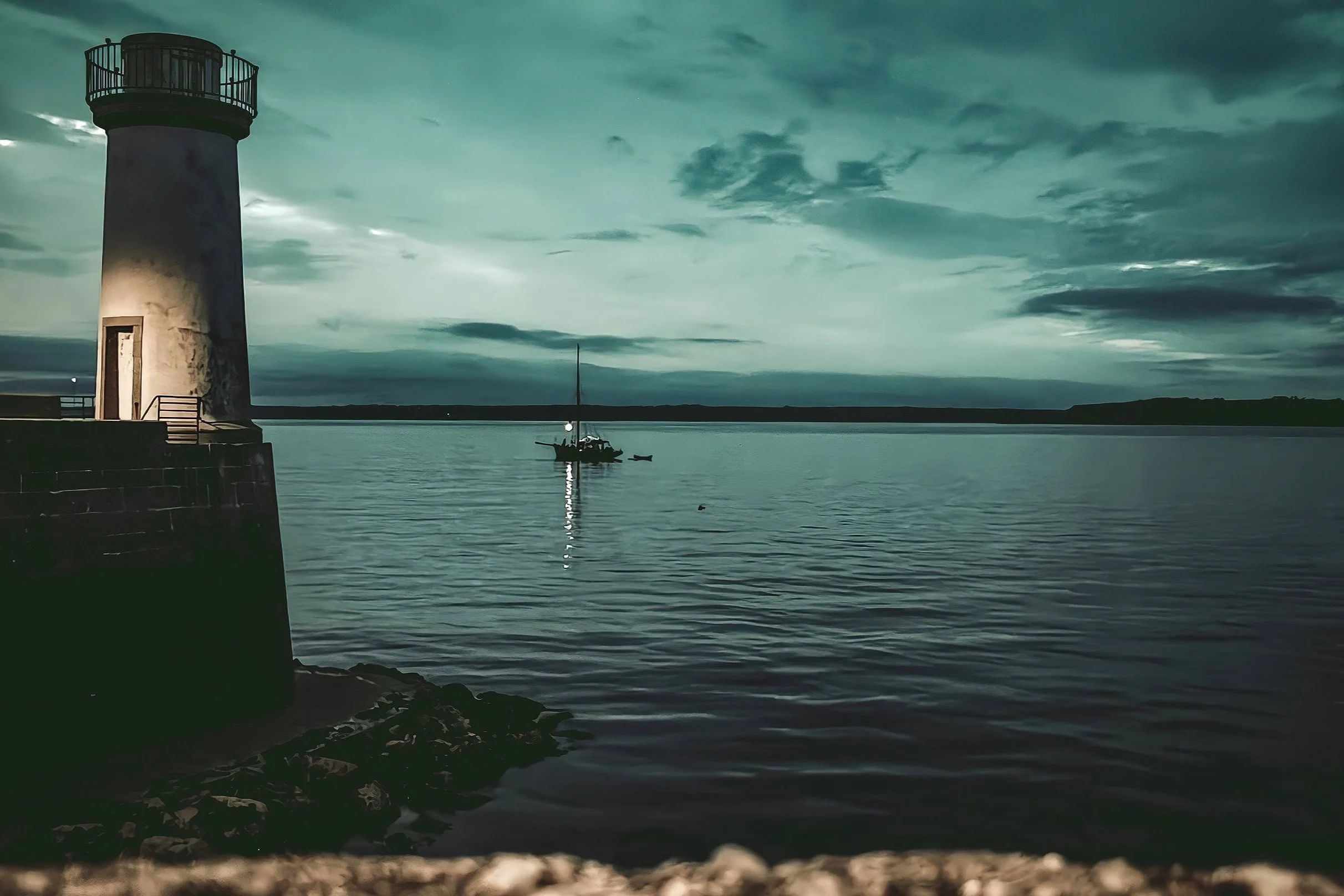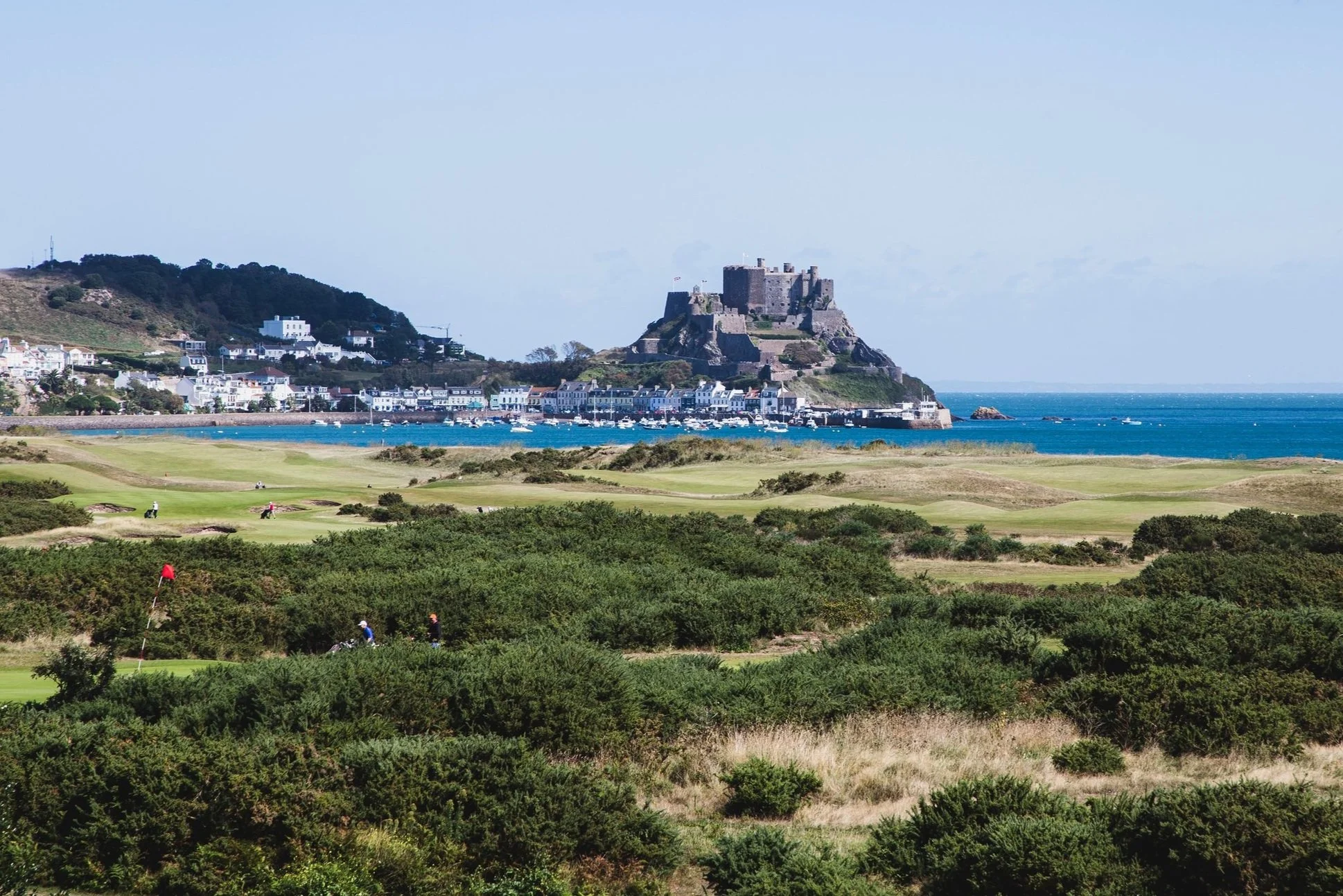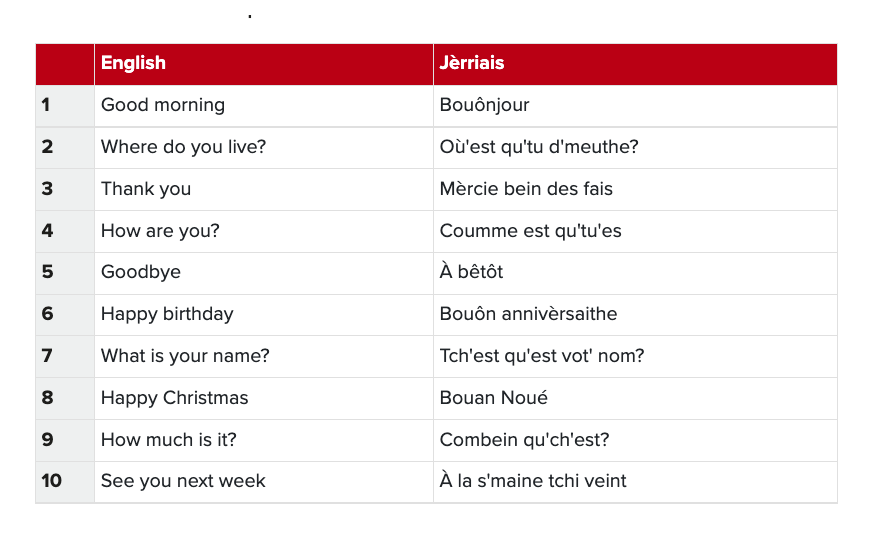Some interesting facts about the Channel Island of Jersey—our home port this summer.
The island of Jersey measures just 9 x 5 miles
Jersey is only 14 miles from the French coast
Due to its Southerly location, Jersey is the warmest place in the British Isles
Jersey is home to some of the UK`s best beaches
The coastal walks offer some of the best views in Europe
Jersey has a wealth of multi-layered history, with many historic buildings and castles
The island is probably most famous for its Jersey cow, its iconic Jersey Royal Potatoes and the 1980s detective series “Bergerac,” starring John Nettles (“Midsomer Murders”)
There are 12 parishes that comprise the island of Jersey
Each parish has its own Anglican church with various other denominations represented, including Methodist and Roman Catholic
Jersey is a British Crown Dependency and is the largest of the Channel Islands
Jersey is on GMT, as is the UK (one hour behind Paris)
English is the official language
An ancient dialect of Norman-French (Jérriais) is still spoken by some islanders
Jersey is a multi-cultural society with a large influence from both Portuguese and Polish cultures
Jersey has its own currency, equivalent to UK sterling with a £1 note still in circulation
Sterling currency (GBP) can be used there, but Jersey currency is NOT accepted in the UK
The island is one of the world`s top offshore financial centres
The island is VAT free, but there is a Goods and Service Tax which currently stands at 5%
From vibrantjersey.je/destination/about-jersey/useful-facts/





